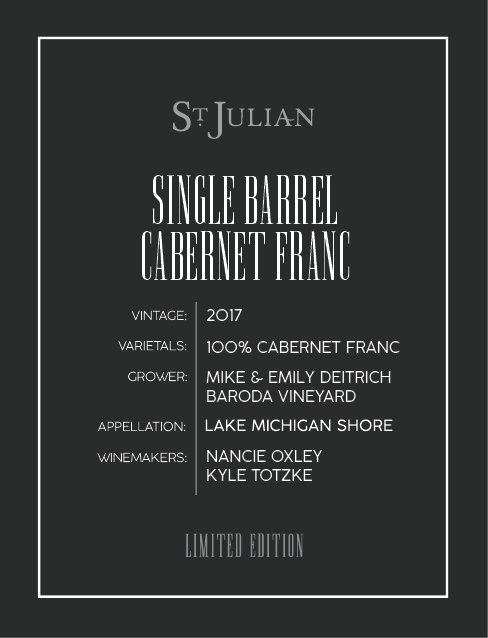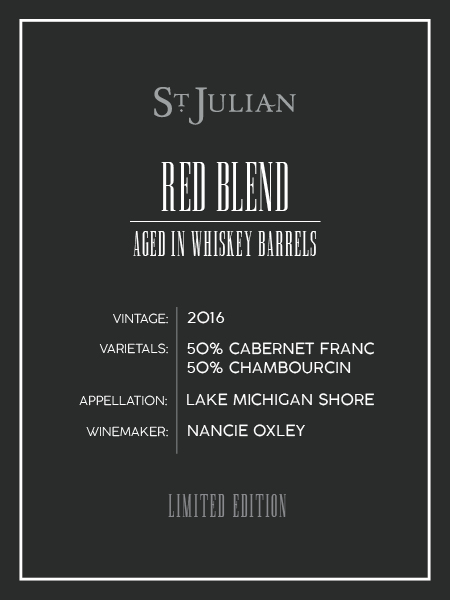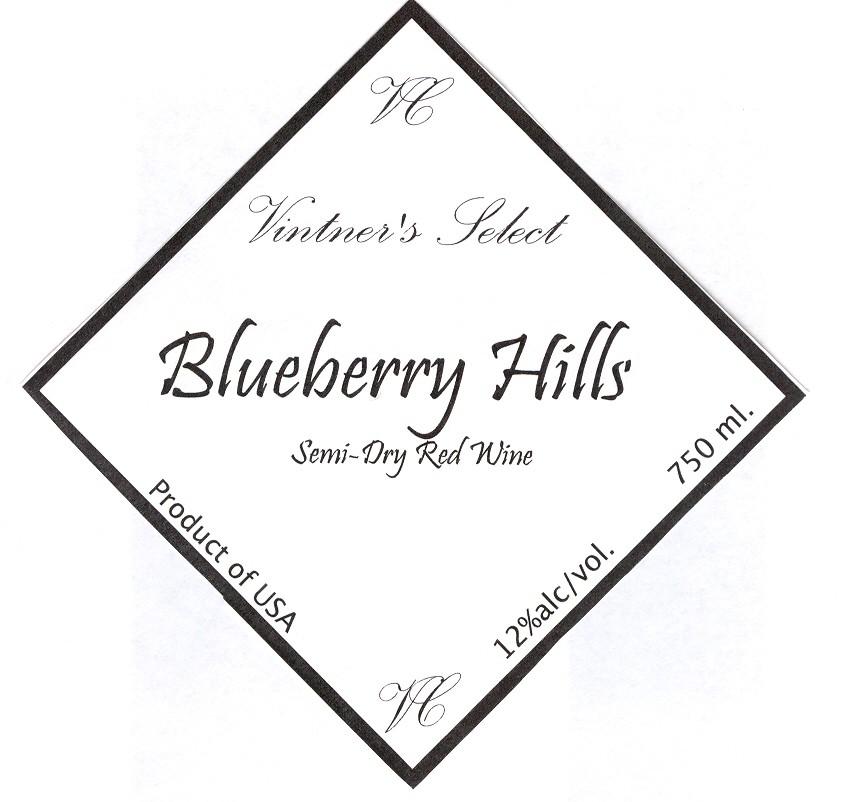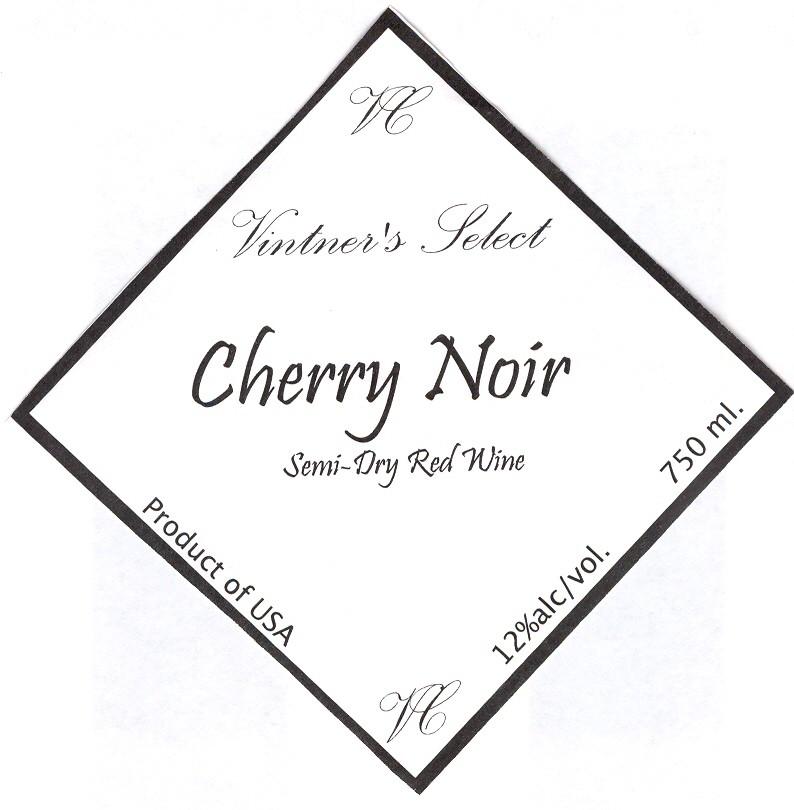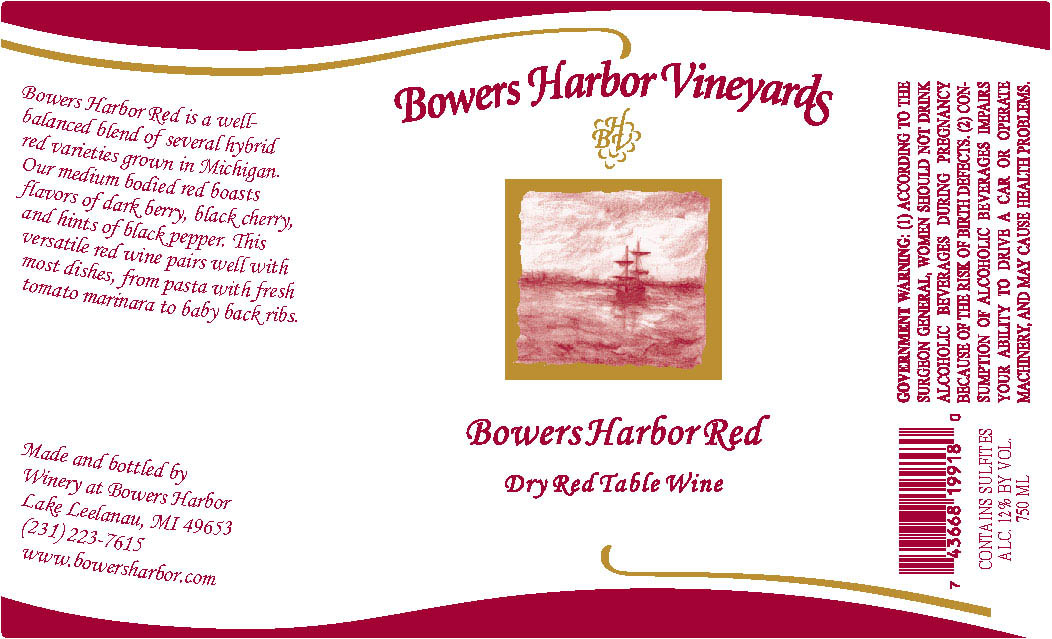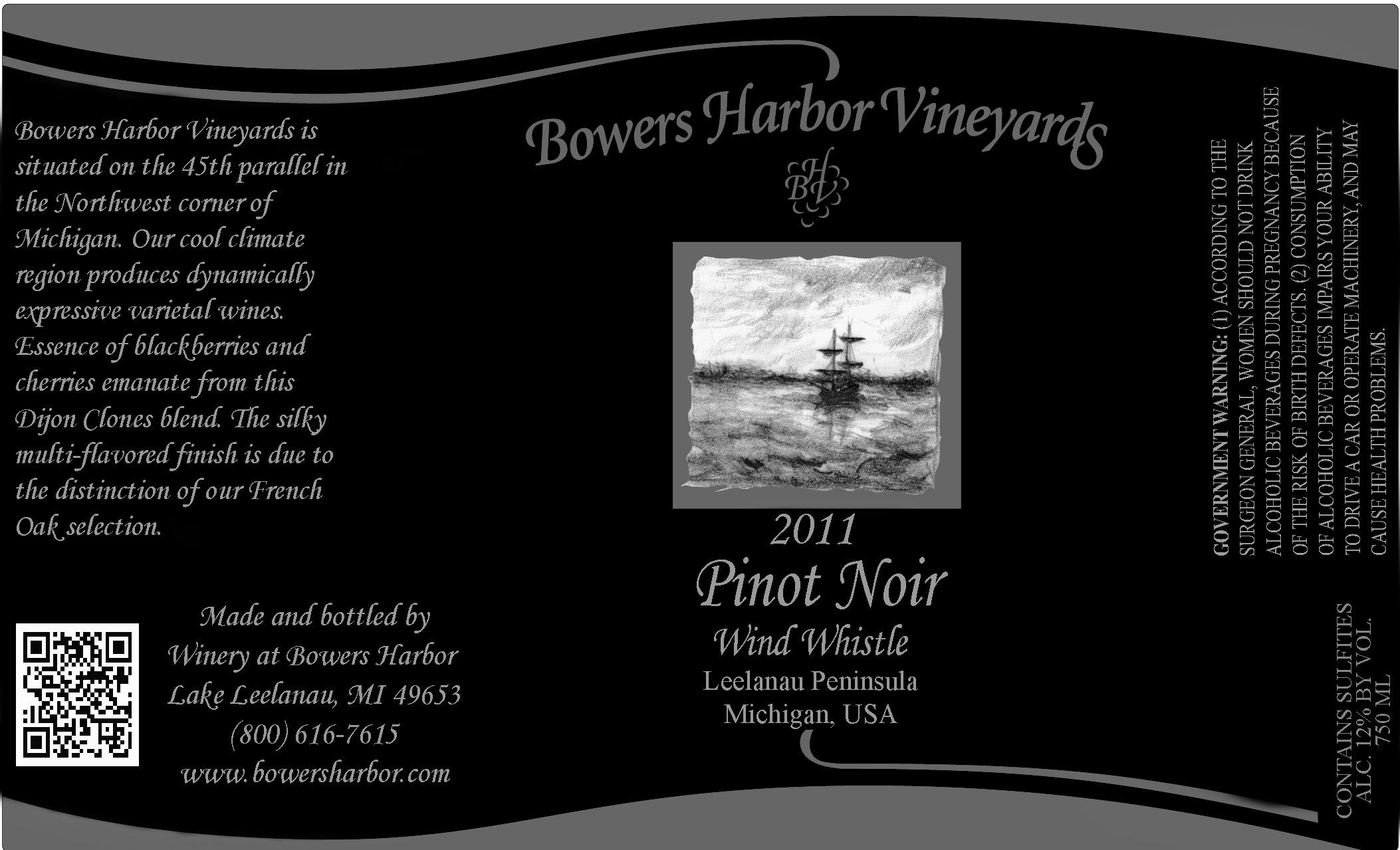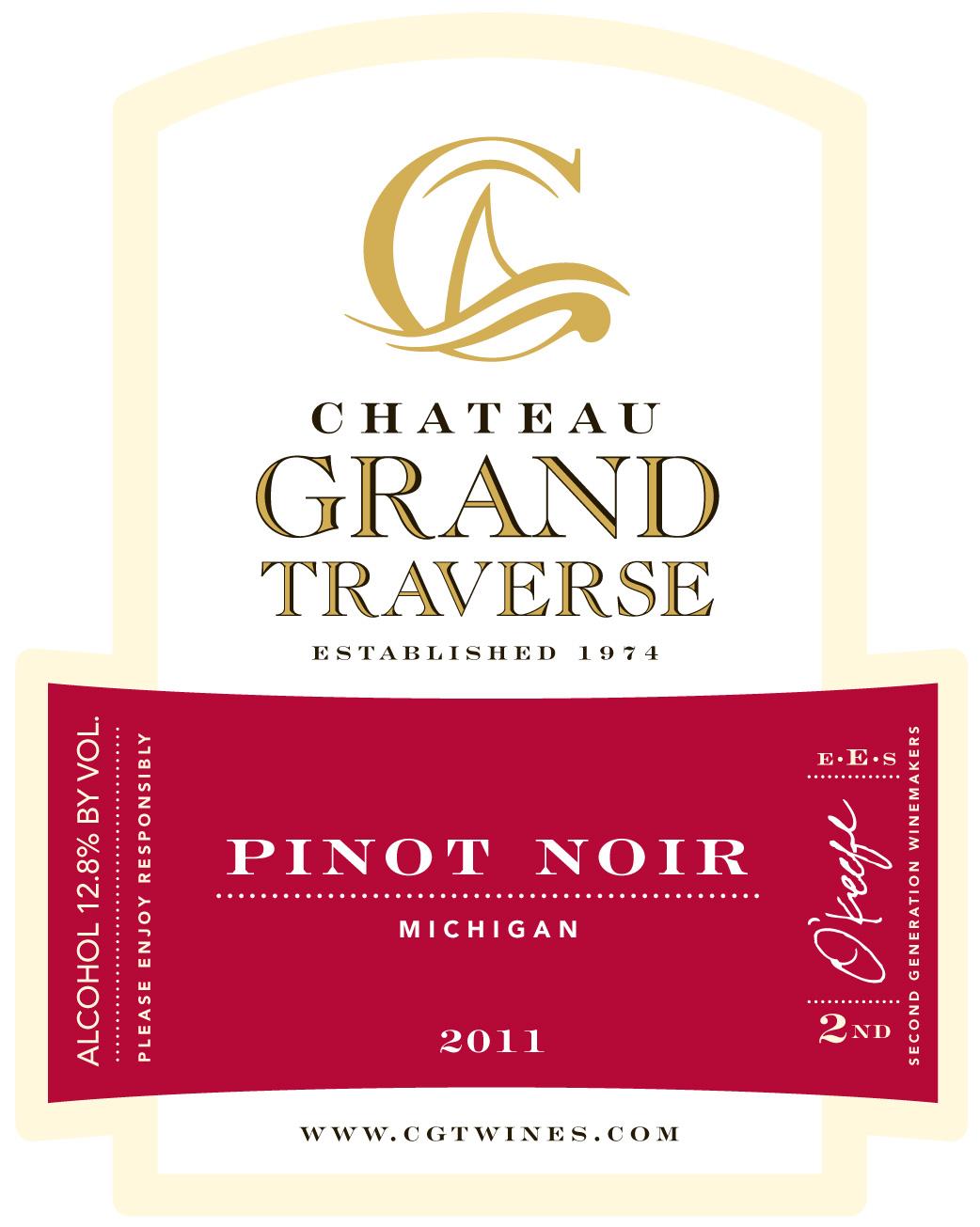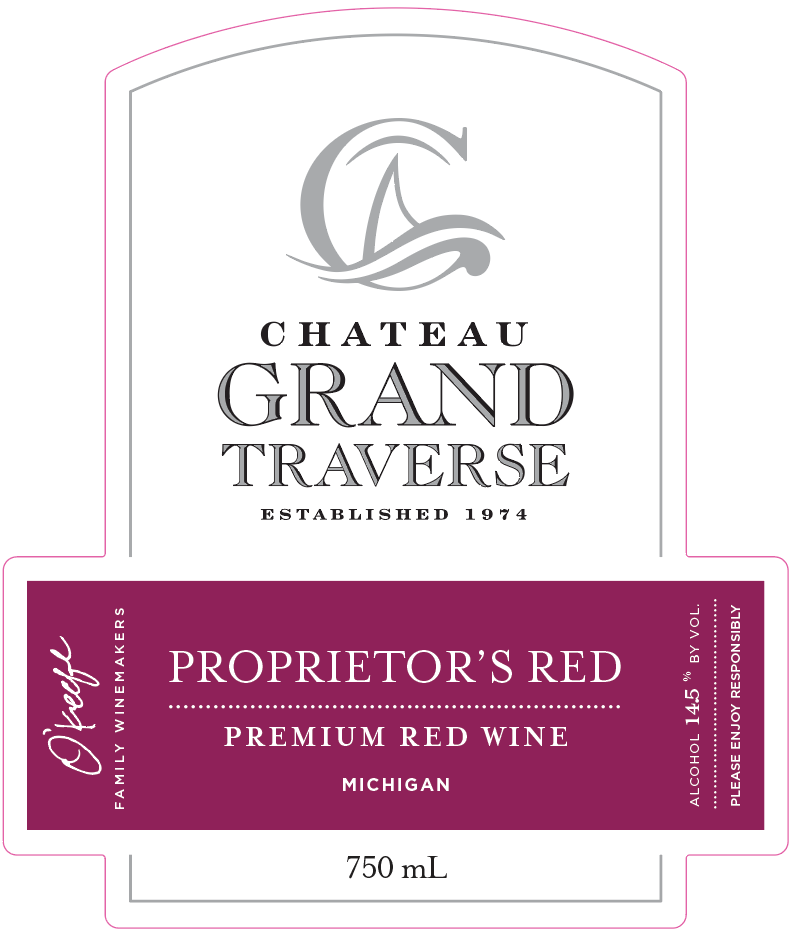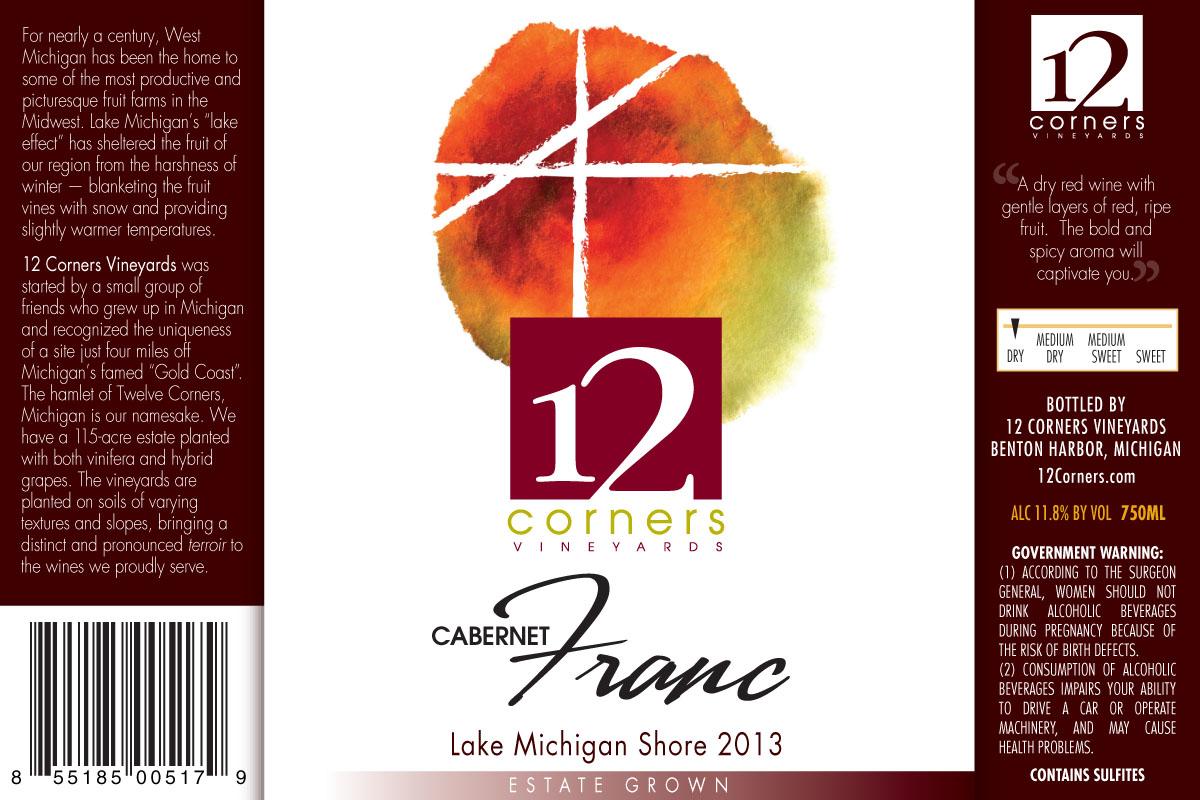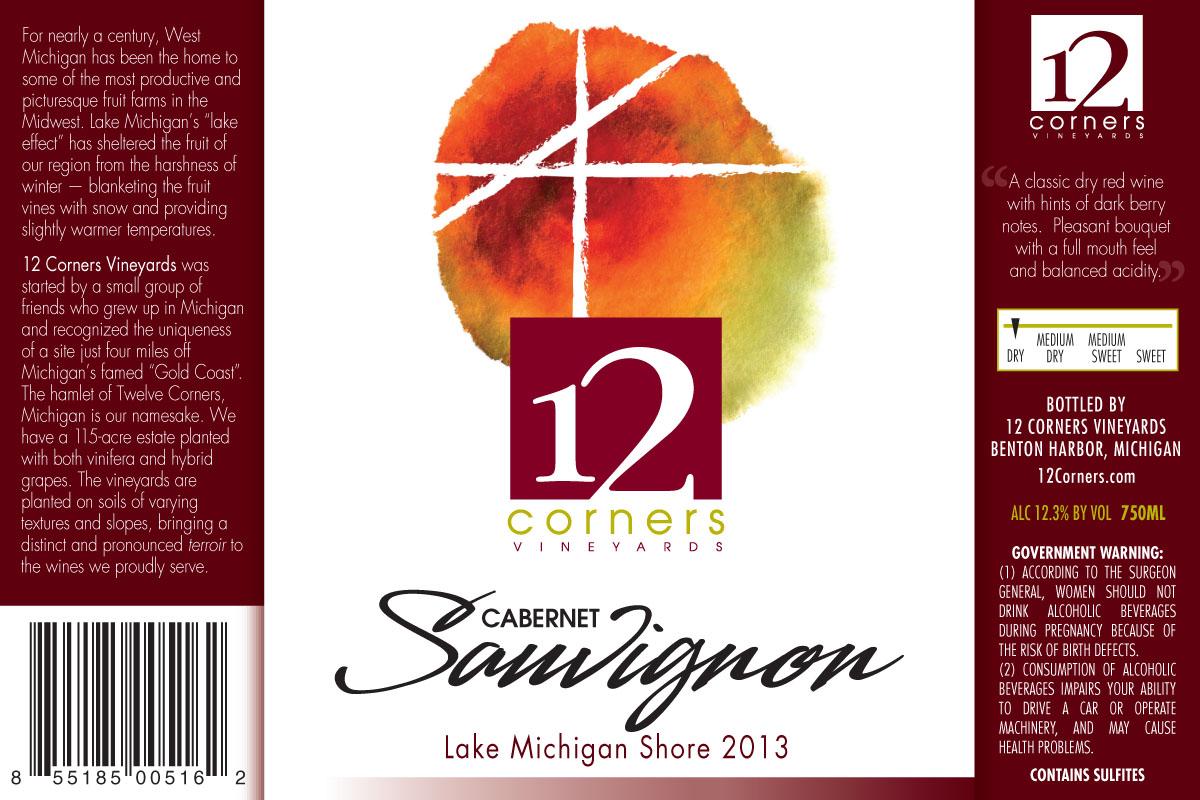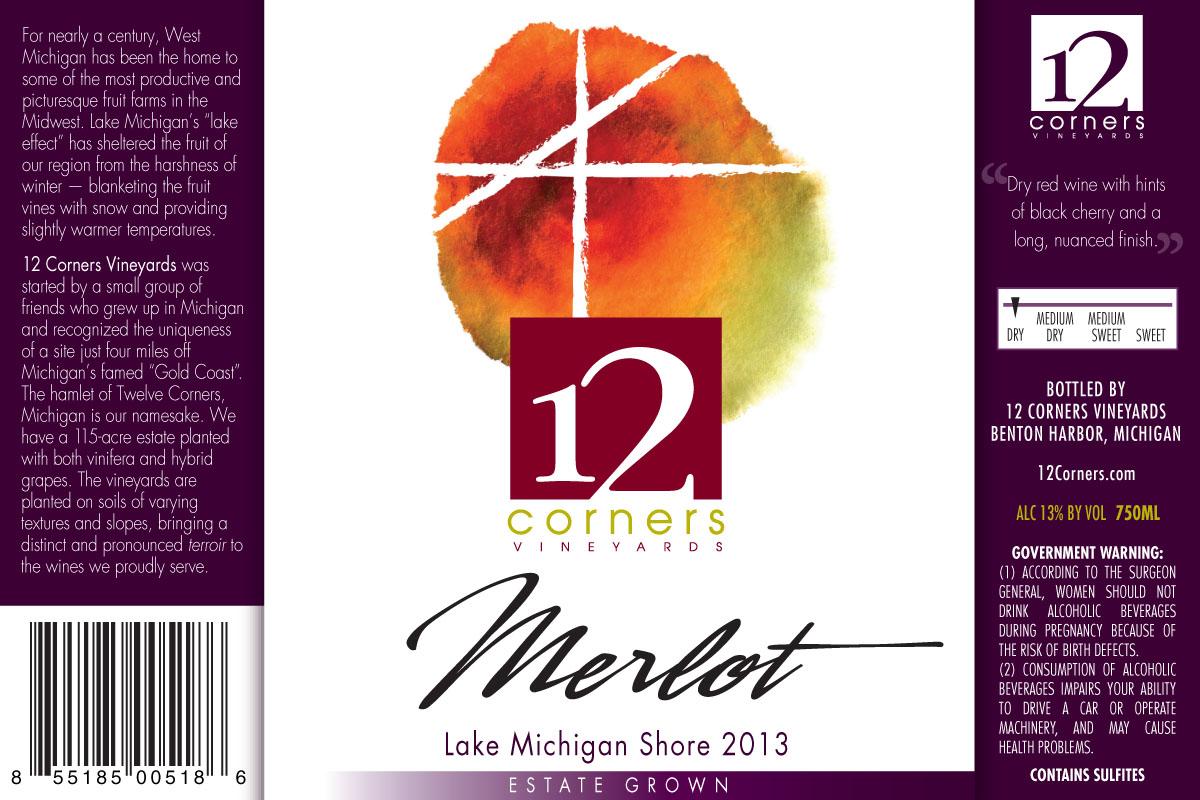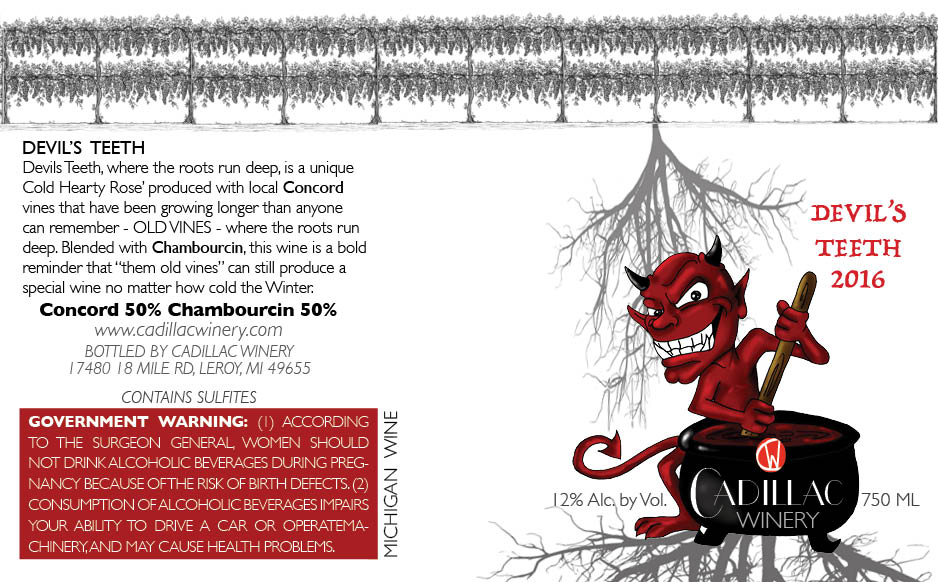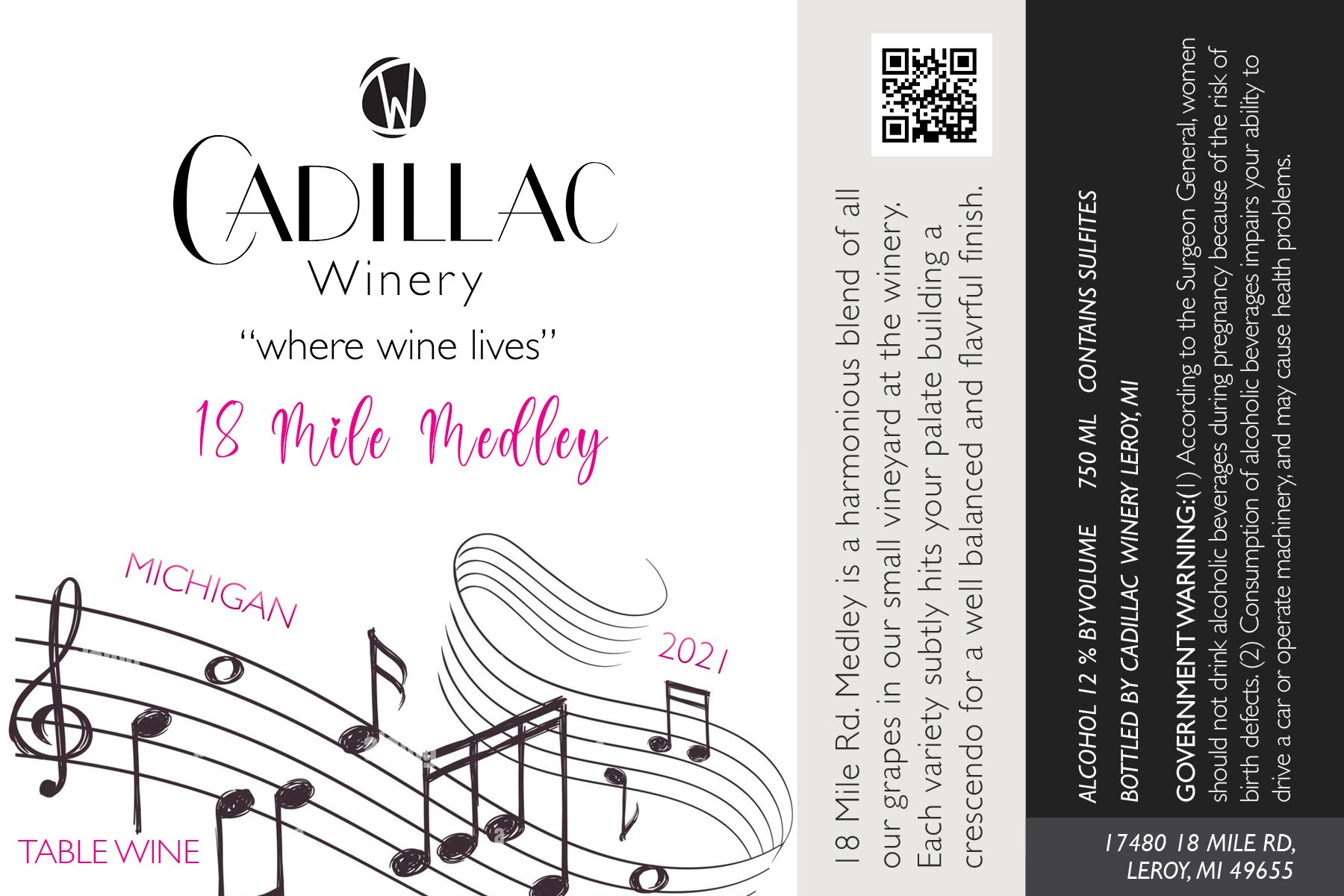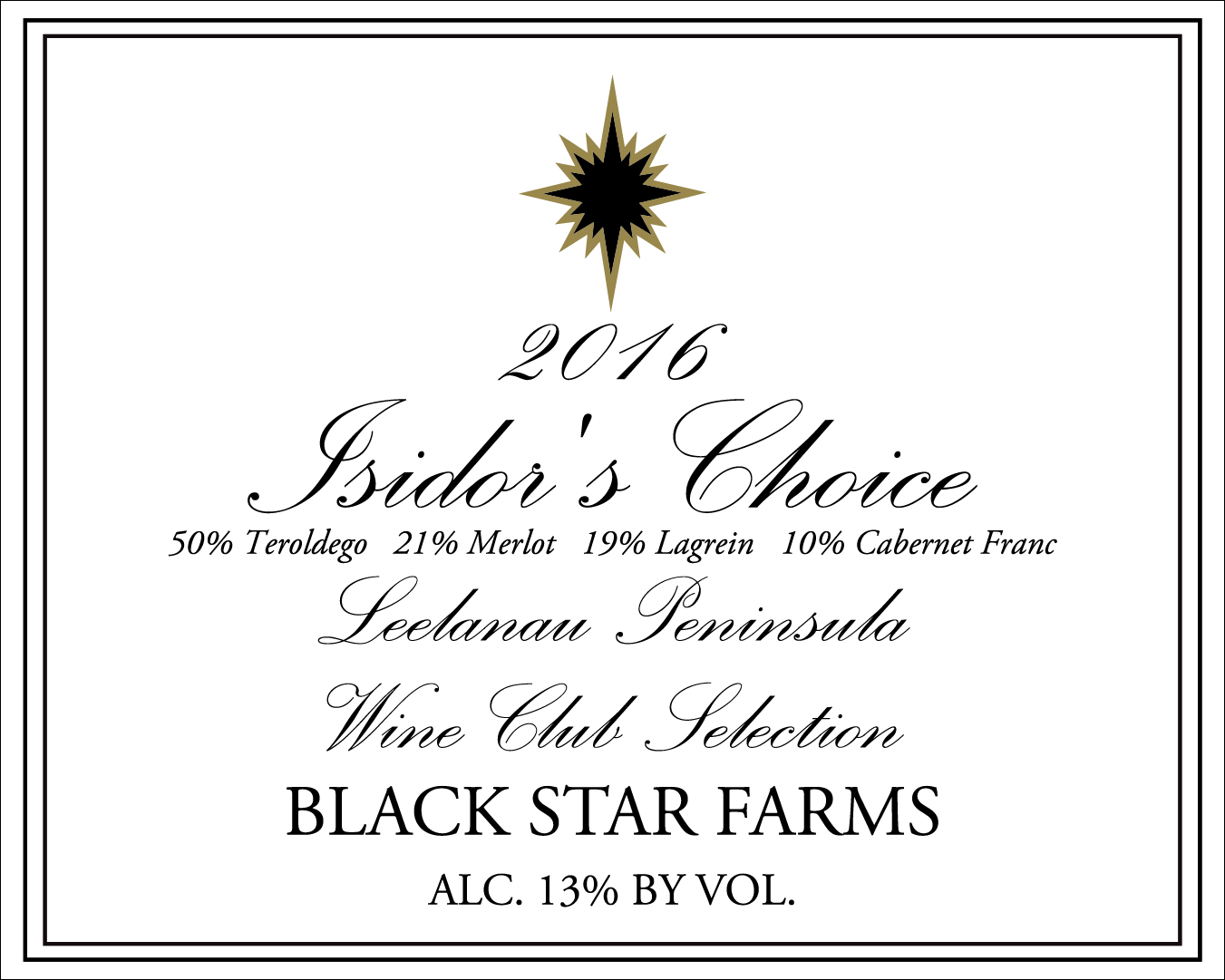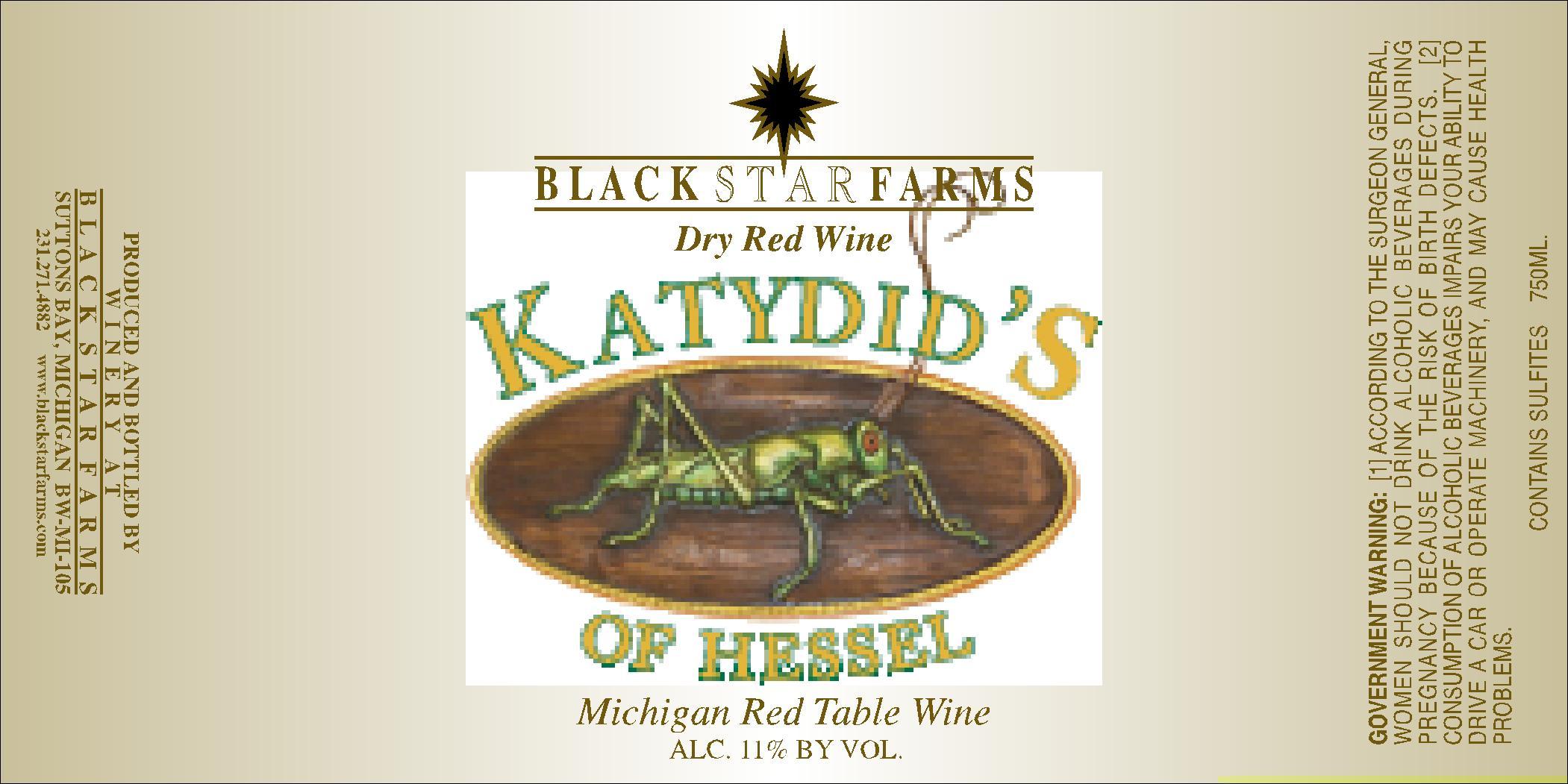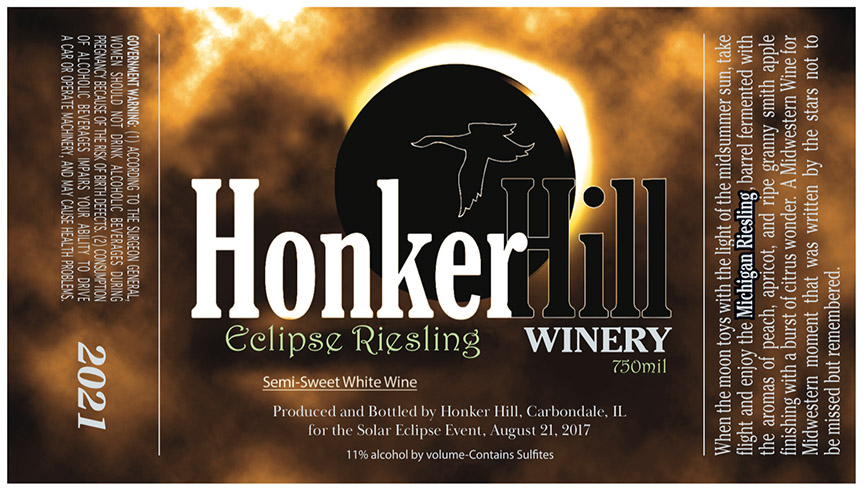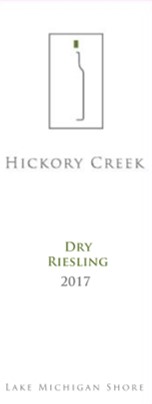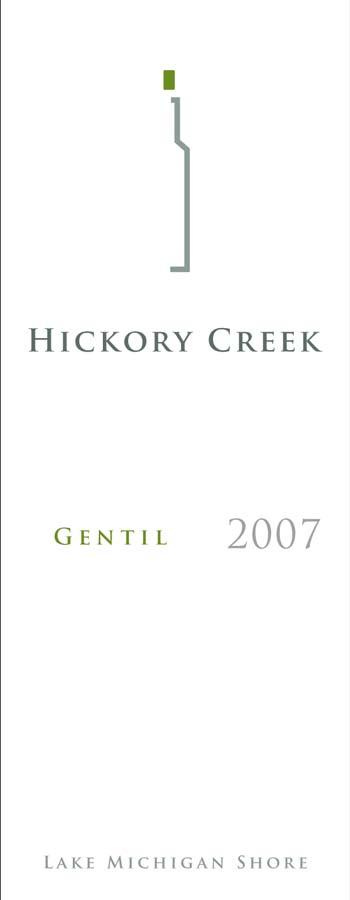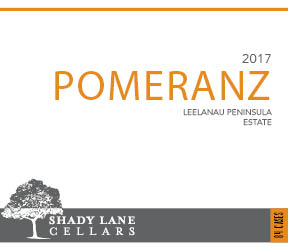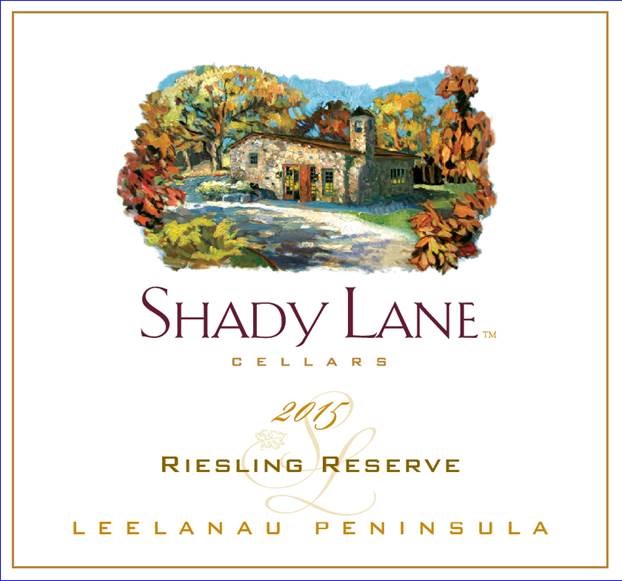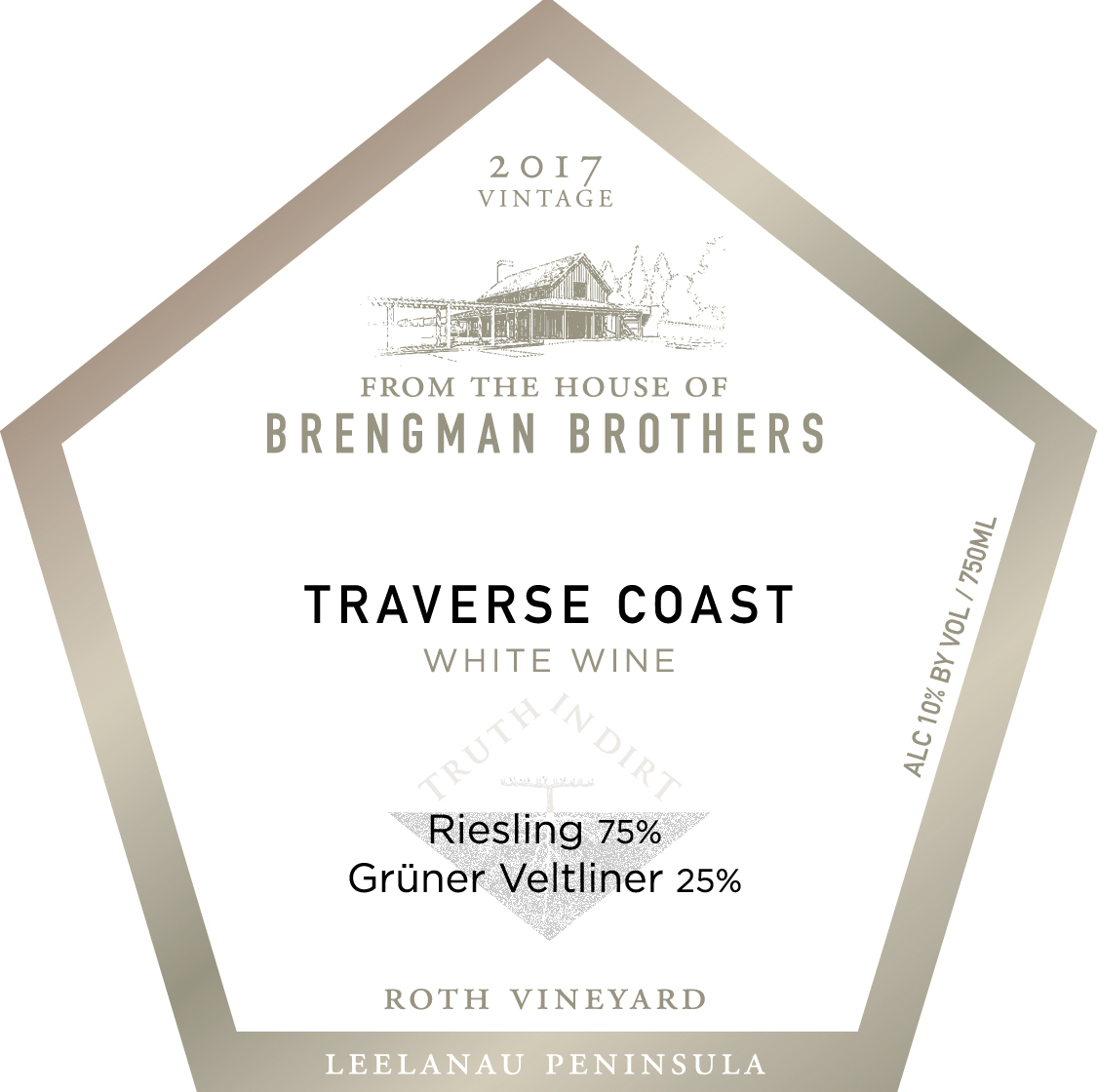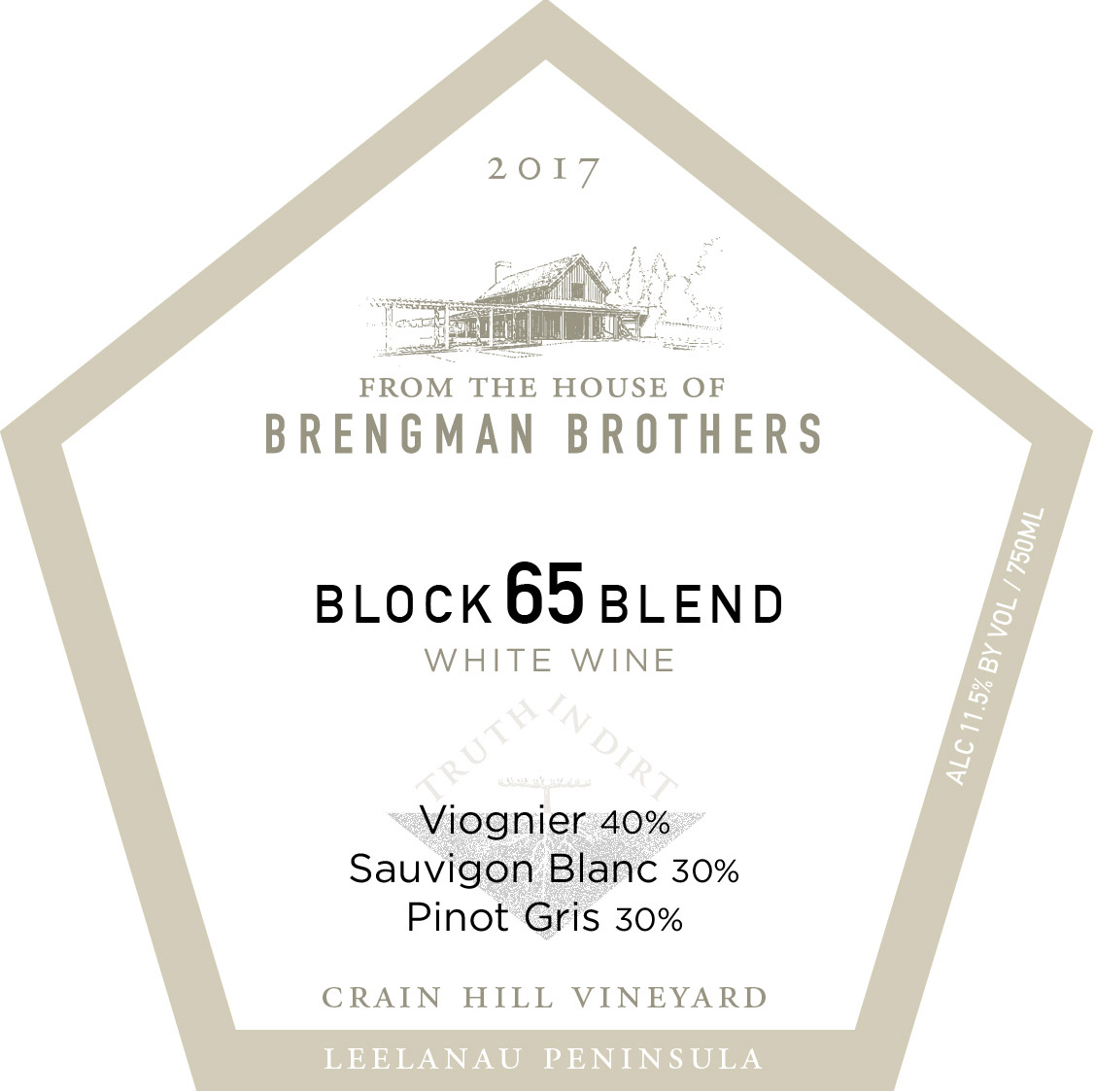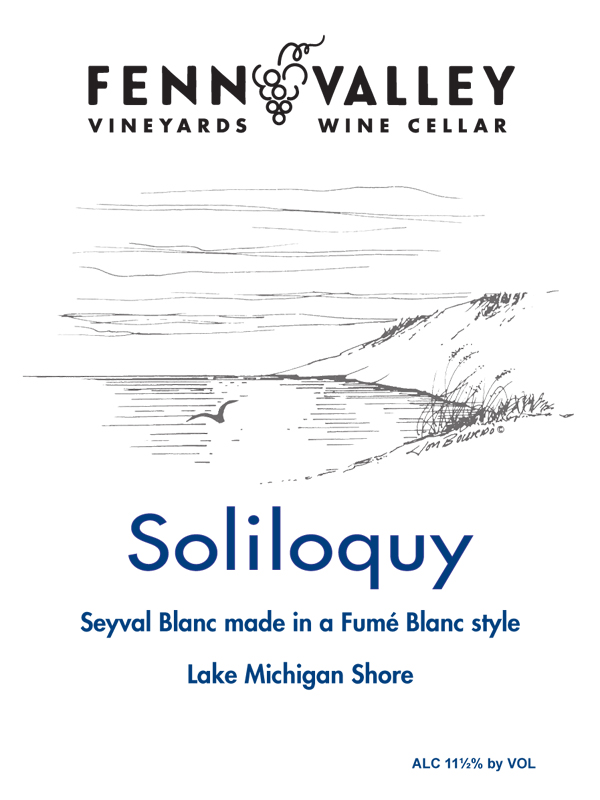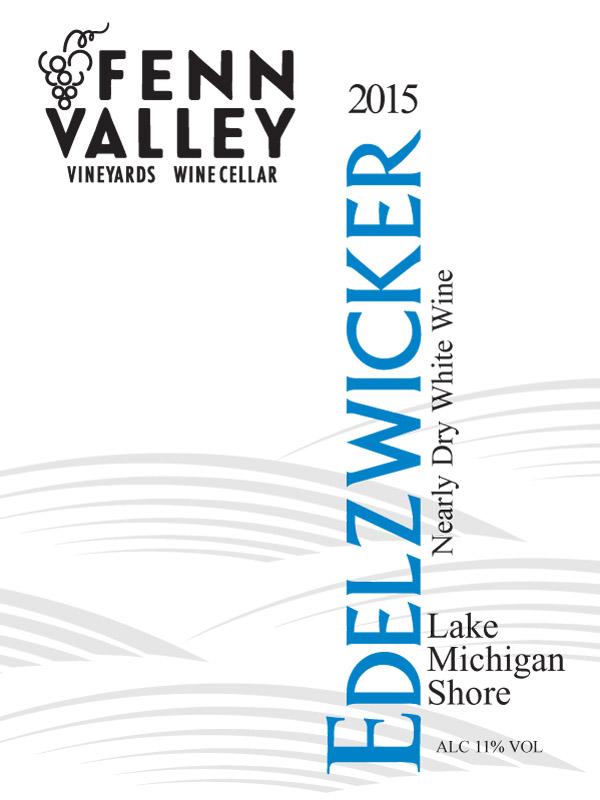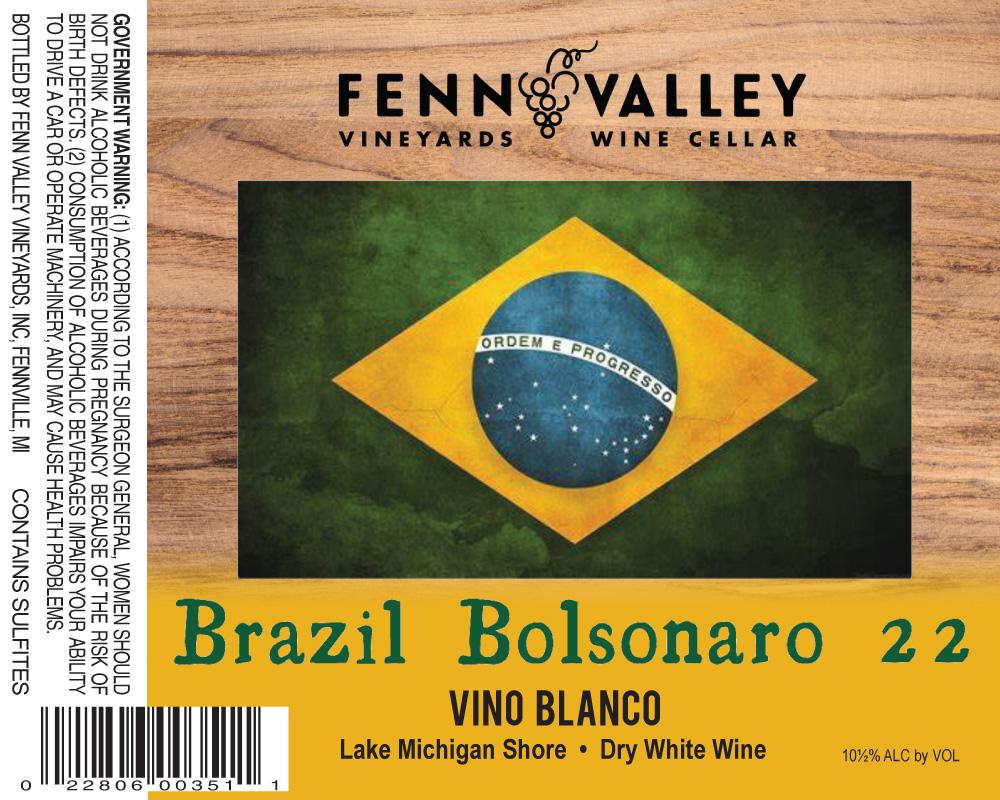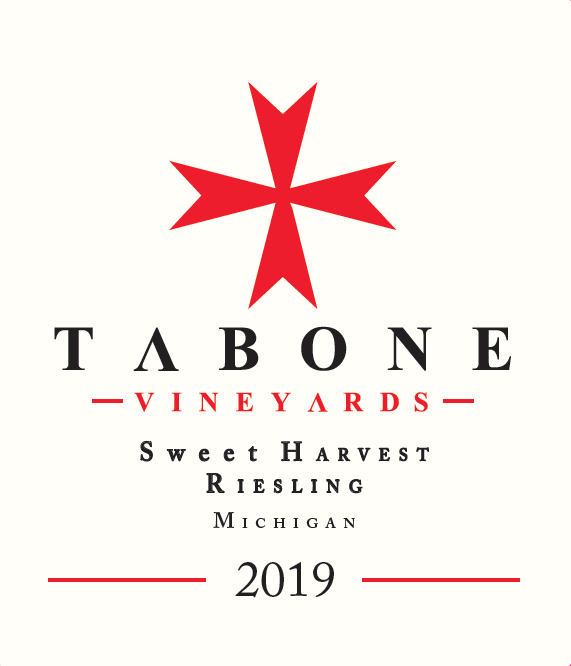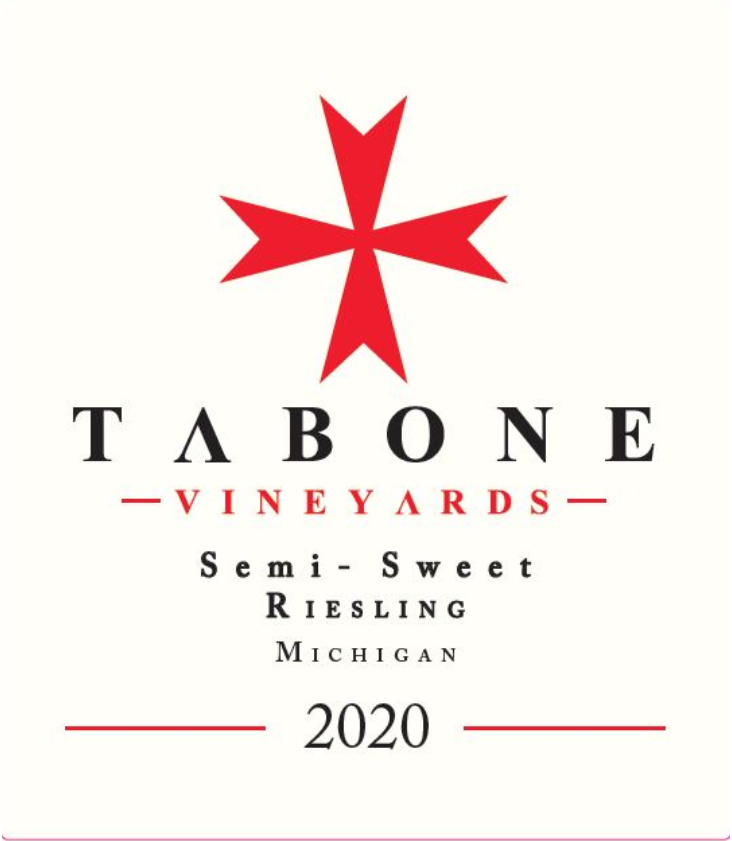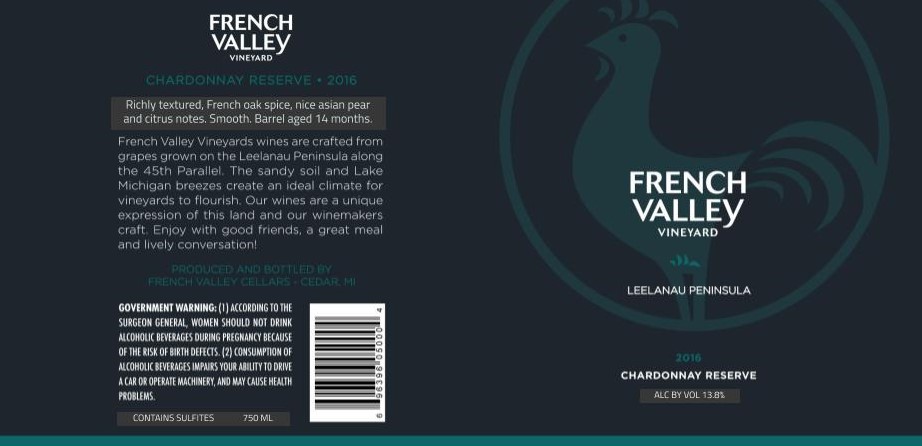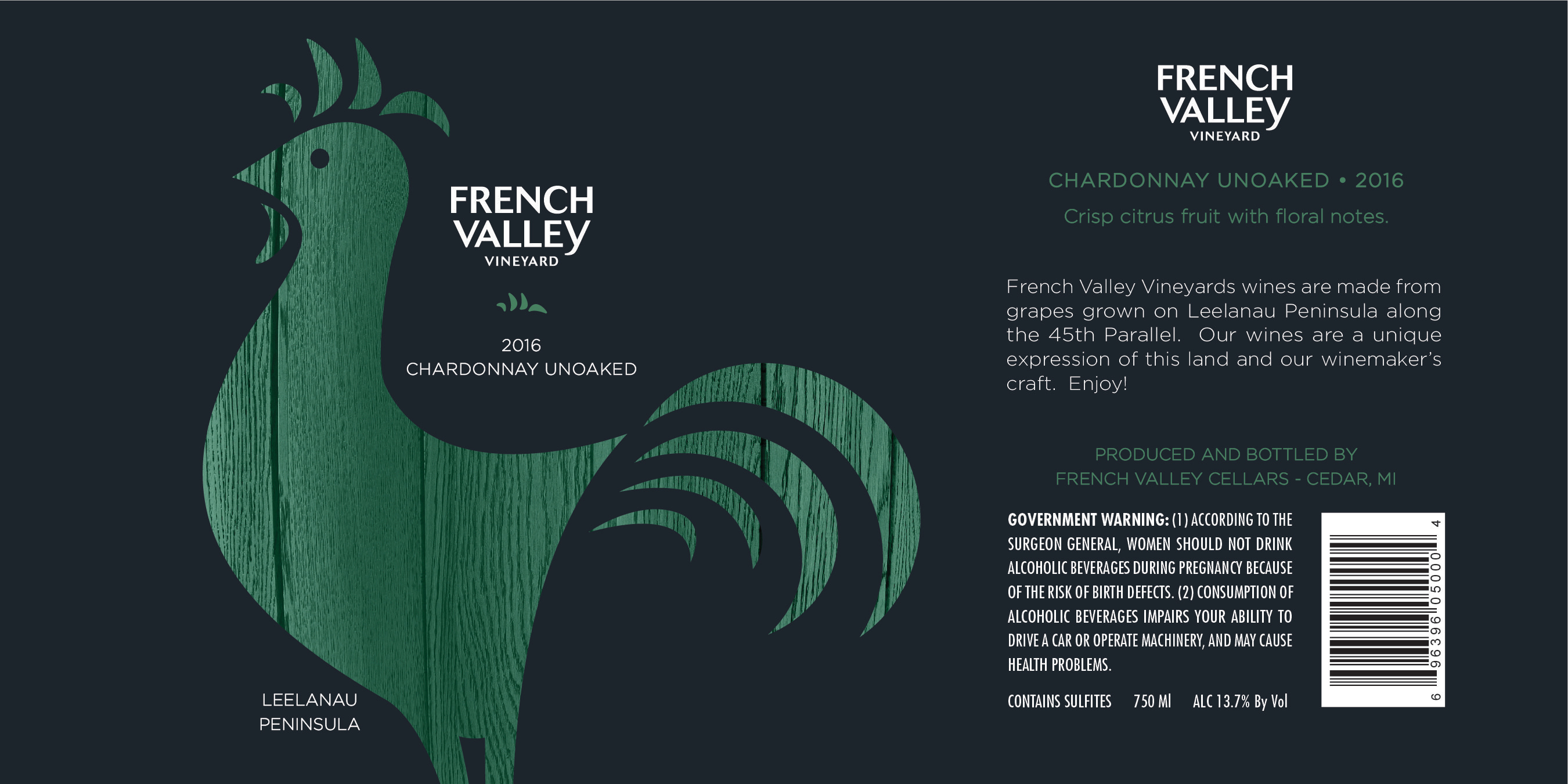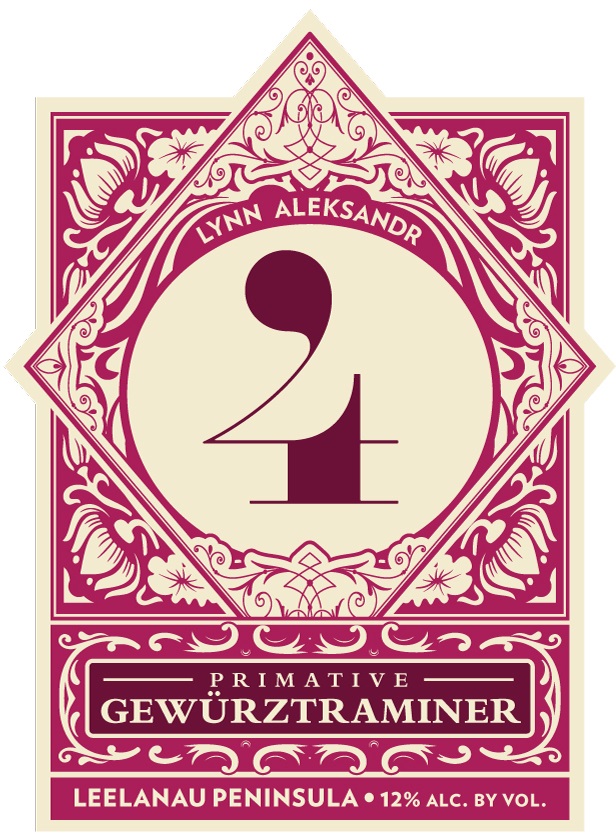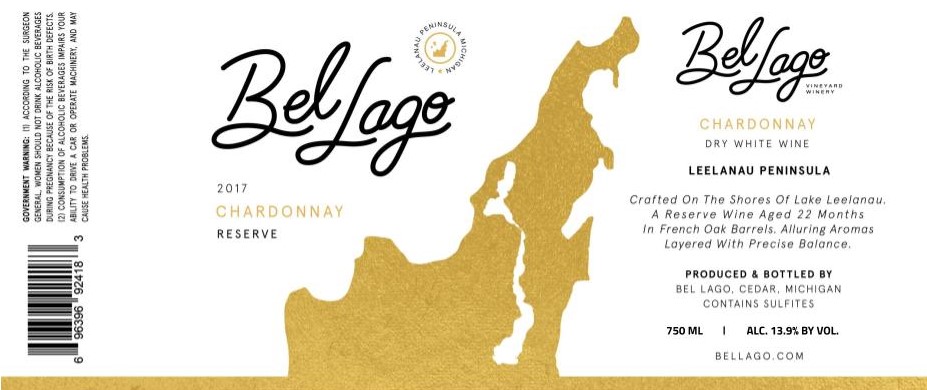Terroir of Michigan
Michigan's vineyards, located between the 42nd and 46th parallels North, benefit from the unique influence of the Great Lakes, especially Lake Michigan. This large lake acts as a natural thermostat, creating a "lake effect" that moderates seasonal temperatures and extends the growing season. This extends the season to about 145 to 160 days, allowing grapes like Riesling and Pinot Noir to fully ripen.
The region's soils, shaped by glacial activity, mainly consist of sandy loam with areas of gravel and clay. These well-drained soils, often found on sandy moraines, promote early budbreak and concentrated flavor development. Limestone and gravel substrates further enhance the wines' acidity and structure. This unique terroir results in Michigan wines with bright acidity and distinct varietal expression, reflecting the cool-climate, lakeshore environment.
Notable Wineries in Michigan
Michigan’s wine scene is gaining recognition thanks to several standout wineries that have set the bar for quality and innovation in the region:
-
St. Julian Winery (Paw Paw, Lake Michigan Shore): As Michigan’s oldest winery, established in 1921, St. Julian is known for its vast selection, including vinifera varietals like Riesling and Cabernet Franc.
-
Tabor Hill Winery (Buchanan, Lake Michigan Shore): Since 1971, Tabor Hill has been a trailblazer, focusing on European vinifera grapes like Riesling and Chardonnay, proving these could thrive in Michigan's climate.
-
Chateau Grand Traverse (Old Mission Peninsula, Traverse City): Founded in 1974, this estate winery is dedicated to vinifera grapes, with its Riesling gaining international acclaim.
Sustainable Winemaking in Michigan
Michigan is embracing sustainability at the core of its wine industry. The Michigan Wine Collaborative, formed in 2016, unites winemakers to enhance economic and environmental sustainability. Family-run vineyards often employ eco-friendly practices, such as integrated pest management and natural fertilizers, to protect their diverse agricultural surroundings.
Winemakers are pioneering green innovations, adopting organic and biodynamic methods, and focusing on renewable energy. Some vineyards have added solar panels and wind turbines to reduce their carbon footprint. The region also prioritizes water conservation, with advanced wastewater recycling systems in place. New hybrid grape varieties like Marquette offer resilience against climate change, cutting the need for chemicals.
By balancing quality winemaking with environmental responsibility, Michigan’s vineyards aim to safeguard their land and waters, ensuring a sustainable future for generations and meeting the expectations of eco-conscious wine enthusiasts.
Wine Tourism in Michigan
Michigan's wine tourism blends natural beauty, culture, and unique experiences. Its diverse wine regions, such as the Lake Michigan Shore Wine Trail and Traverse City Wine Coast, offer scenic routes and organized trails for exploring.
Visitors enjoy regional specialties like Riesling and Pinot Noir, nurtured by the Great Lakes' moderating climate and glacial soils. Wineries often pair tastings with farm-to-table dining and outdoor activities, enhancing the wine country experience.
Events like Michigan Wine Month and the Great Lakes Wine Festival celebrate the state's vibrant wine culture, drawing 1.7 million visitors annually. This flourishing tourism sector significantly boosts Michigan's economy, intertwining with its craft beer and food scenes. Eco-friendly practices, promoted by the Michigan Wine Collaborative, ensure sustainability. Michigan's wine tourism offers a memorable fusion of hospitality, education, and adventure.




